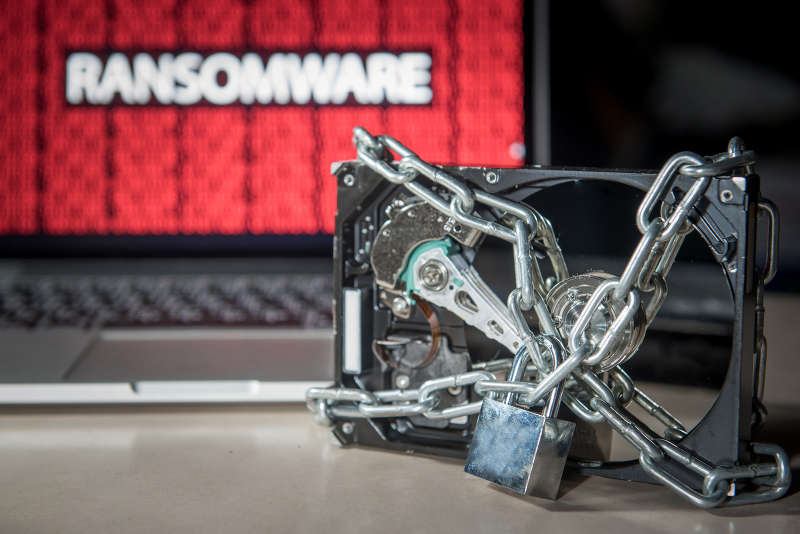This month’s Wednesday’s Women in Infosec profile, Eleanor Dallaway, is another one of the 119 Twitter accounts you need to be following. Ms. Dallaway has a long career in the infosec space. After graduating from Loughborough University and working as a features editor at Label Magazine for a year, Ms. Dallaway began her career as assistant editor for Infosecurity Magazine. She has been with the publication since 2006. In 2013, she won the EMF Women of Influence “One to Watch” award. She also contribute’s to The Guardian’s technology section.
If you had to choose one event that led you to work in information security, what would it be and why?
I’m one of those tragic cases of serendipity – someone who fell into the information security industry by accident. Not tragic because I ended up here, tragic because our industry has failed to create defined and established career paths into the industry. My story is not unique – and the industry’s failure to actively seek out and attract new talent is a huge concern.
Why do you like working in the information security environment?
First and foremost, because the industry matters. It’s important; it makes the world a safer place. As a journalist, I can also appreciate how fast-paced it is, and there is rarely (never say never) a dull day. The fact that it’s full of intelligent, interesting people is also great, although I’d love to see more diversity.
If a n00b to the infosec world asked you for a piece of advice, what would it be?
Network, network, network. Oh, and be passionate and never stop learning.
What is the most important issue facing professionals in the information security landscape today? Why?
The skills gap crisis that we are in the midst of and that threatens to get more drastic and more catastrophic for our industry. We need more people, and it’s our responsibility as an industry to address this and work together to define career paths and encourage people to join us on this magical mystery ride!
What is the most important issue facing consumers in the information security landscape today? Why?
I think that secure (and user-friendly) authentication is one of the most important issues facing consumers today. The industry hasn’t cracked that yet, and the sooner the better.
What are your three “guilty pleasures” that have nothing to do with information security?
Bottomless Brunch. The Bachelor TV show. Sunbathing with a great book and a great cocktail.
What’s your favorite book-to-movie adaptation and why?
My teenage self would say Baz Luhrmann’s adaption of Romeo & Juliet (I’m a big Shakespeare fan) but I’m also a huge fan of The Great Gatsby. I adored the book and Luhrmann really did a fabulous job of bringing it to life on screen. I guess this answer outs me as a Leo fan…



